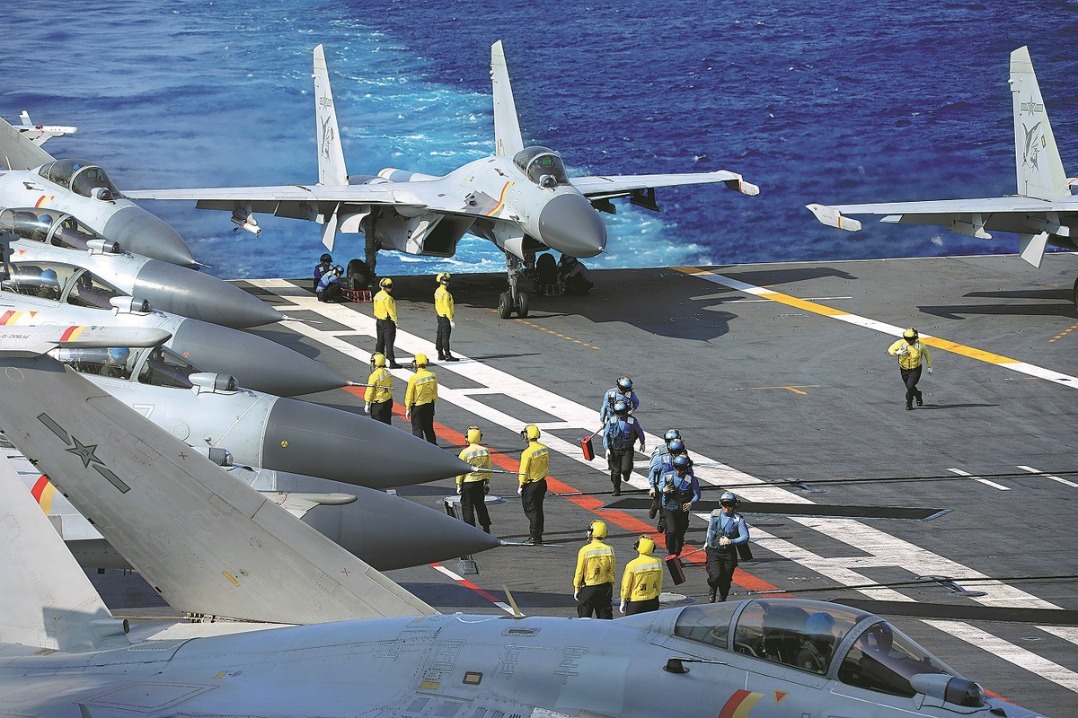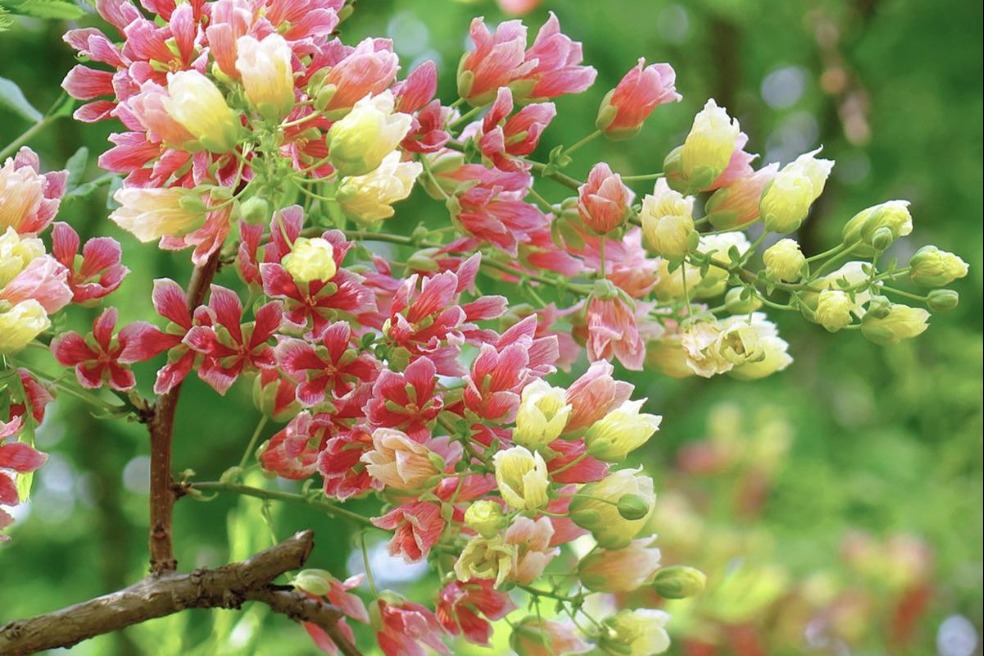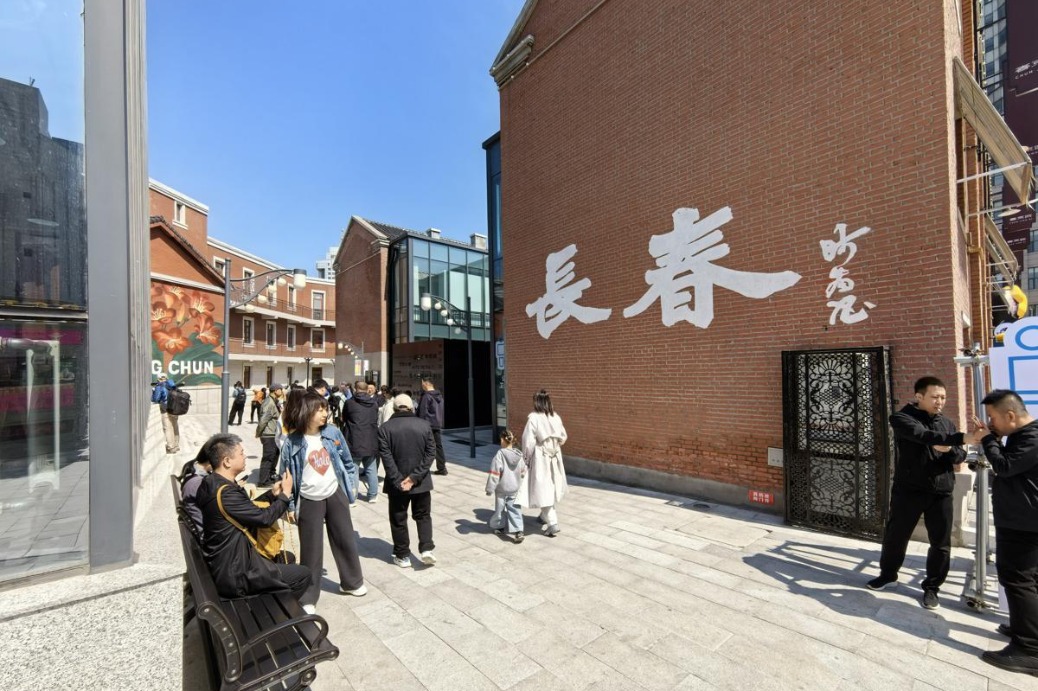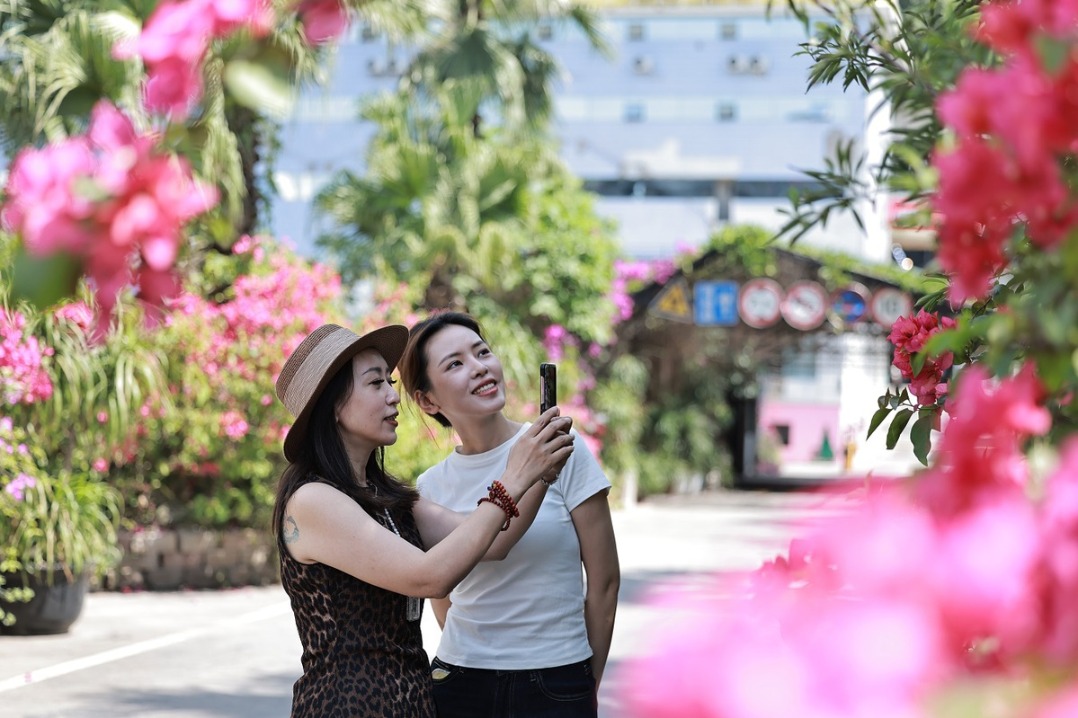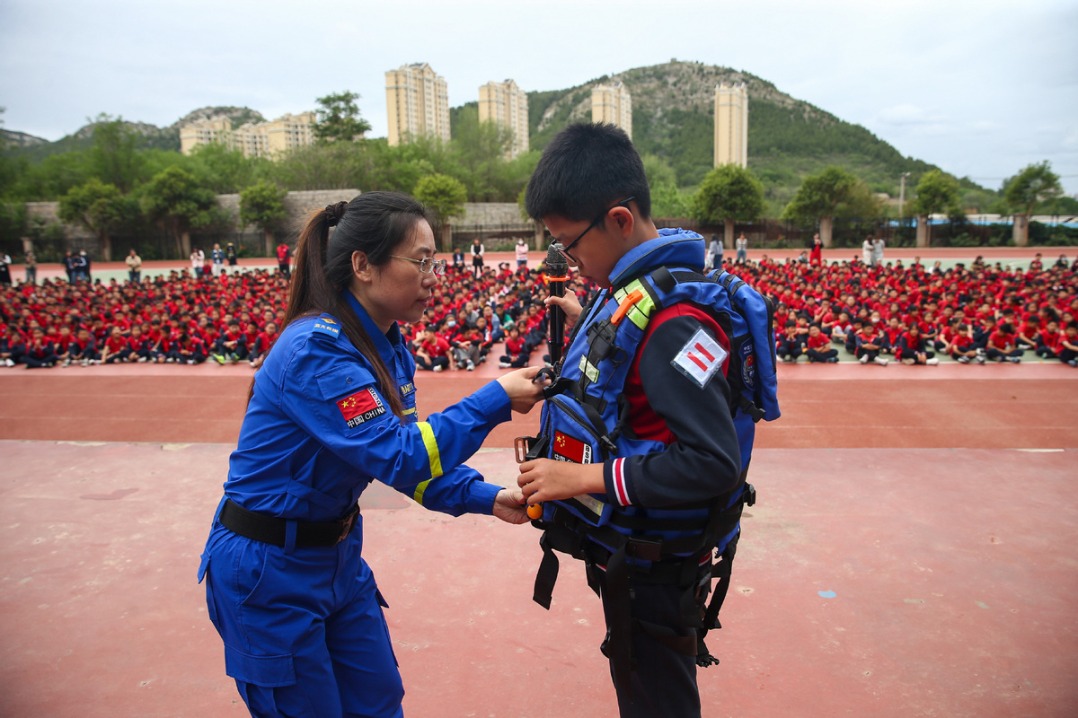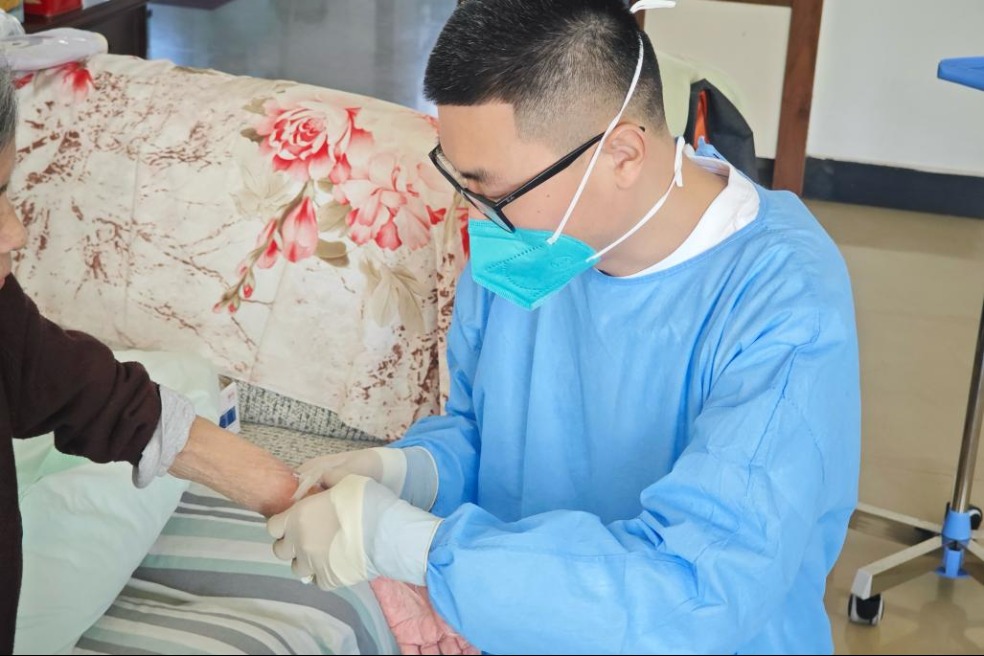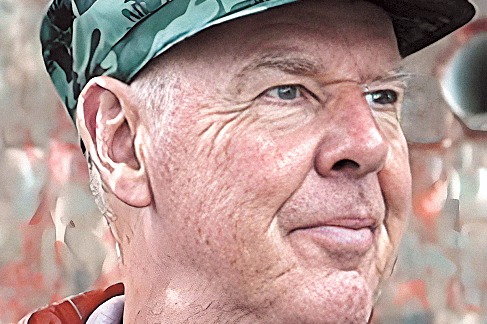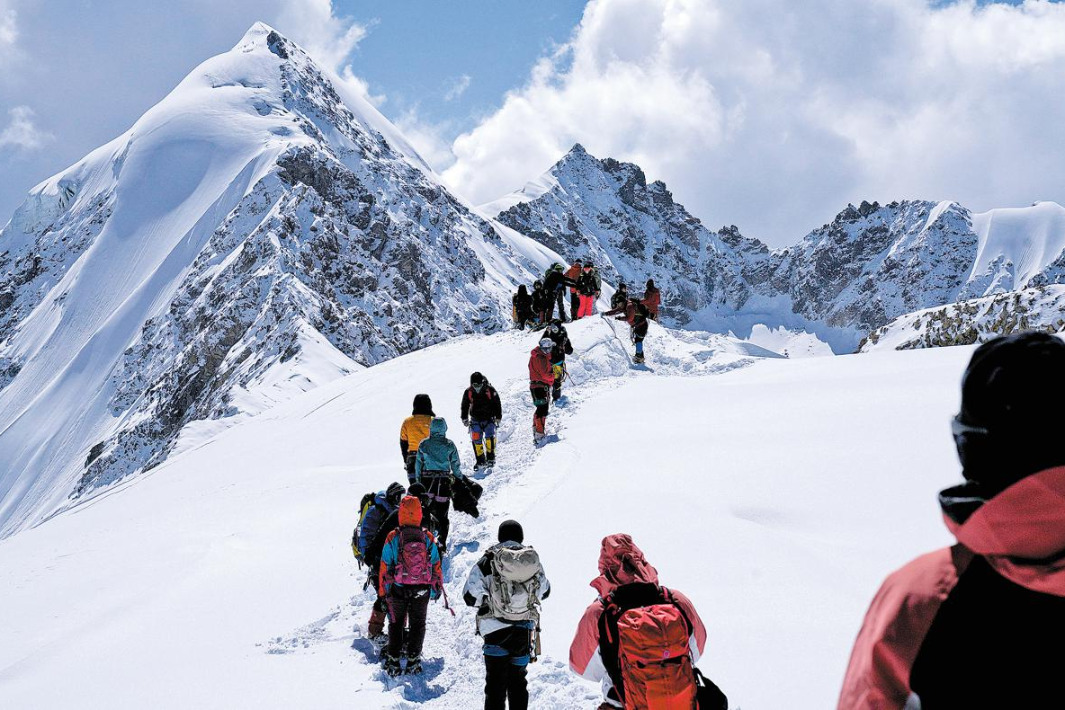Xi Focus: Nurturing overall cooperation between China, Latin America

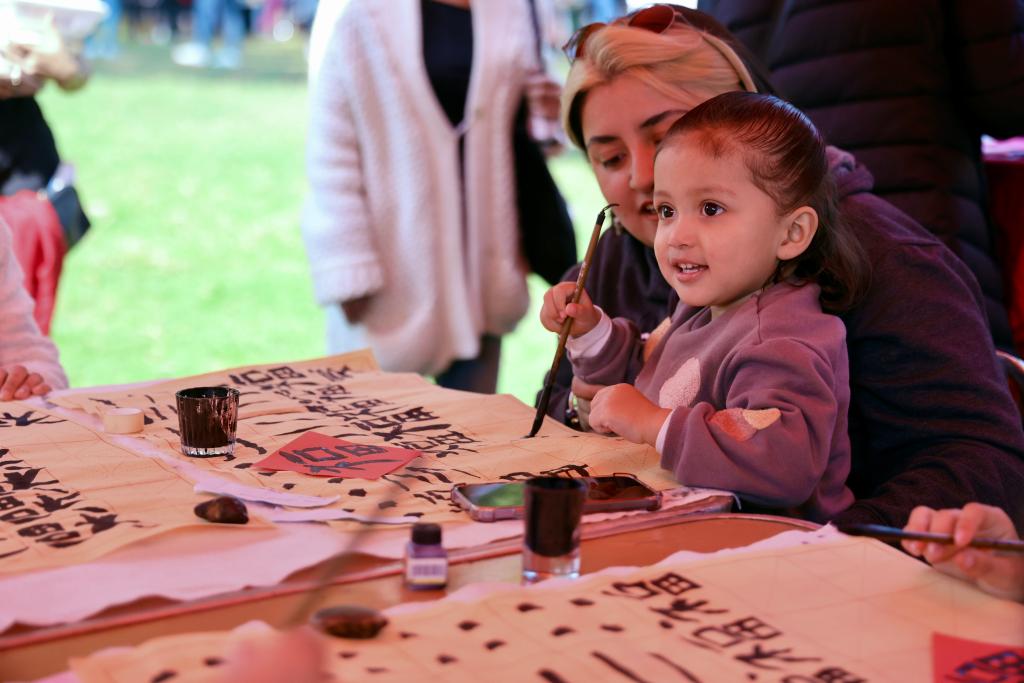
HEART-TO-HEART CONNECTIONS
Xi has long believed that strong state-to-state relations are built on people-to-people connections. Over his six trips to the region as head of state, he made a point of engaging with everyday people despite tight schedules.
In Costa Rica, Xi visited the home of a coffee grower who showed him around his house and plantation. Over a cup of coffee, Xi chatted with the family and shared that he, too, had rural beginnings -- having spent years working the land in his youth.
His engagement has ignited vibrant people-to-people exchanges, with cultural festivals, youth projects and journalist initiatives flourishing under the China-CELAC Forum.
To date, China has provided the region with 17,000 government scholarships and 13,000 training opportunities. It has signed 26 educational cooperation agreements or memoranda of understanding with 19 countries and established 68 Confucius Institutes or Confucius Classrooms in the region.
Connections between China and the region have also been strengthened through practical measures -- such as the launch of new direct air routes and the inclusion of more Latin American countries in China's 240-hour visa-free transit program.
As many countries in the region now officially celebrate the Chinese New Year, a growing number of Chinese travelers have headed to Latin America in recent years -- some for business, others as tourists drawn by the region's stunning landscapes and rich cultural diversity.
These efforts have brought China and the region closer than ever, said Qiu, the Chinese government's special representative for Latin American affairs.
Both China and Latin America are home to ancient histories and flourishing civilizations. For Xi, civilizations grow richer and more colorful through exchanges and mutual learning.
In 2013, at Mexico's Chichen Itza, Xi explored ancient Maya ruins with archaeologist Jose Huchim Herrera. Amid stepped pyramids and temples, he inquired about the features of the ruins, such as the meaning of carved reliefs.
His questions revealed a deep curiosity about the host civilization, said Huchim Herrera.
In a signed article published last November ahead of his visit to Peru, Xi highlighted a cultural connection by pointing out the resemblance between the Incan gold masks unearthed in Peru and those discovered at the Sanxingdui archaeological site in Southwest China's Sichuan province.
That same month, a joint exhibition in the ancient city of Cusco showcased dazzling gold artifacts, bronze statues, jade treasures and wooden relics from Sichuan's Sanxingdui and Jinsha sites, captivating nearly 10,000 Peruvian visitors.
Daniel Grimaldi, executive director of the think tank Chile 21, praised exchanges between Chinese and Latin American civilizations for opening new channels of communication. Such interactions, he said, strengthen ties through mutual respect and open dialogue, while supporting both sides on their shared journey toward modernization.
As Xi has said, in a globalization and information age, the Pacific is no barrier but rather a bond and a bridge.
- Xi Focus: Nurturing overall cooperation between China, Latin America
- New stealth fighter jet to play 'crucial role' in nation's defense
- China releases emblem commemorating 80th anniversary of victory in war against Japanese aggression
- Key role of national security stressed
- Cooperation program helps boost food output in Africa
- China launches new communication technology test satellite
















